Collapsible to a suitcase size, portable folding boats are compact enough to fit one or two in a car’s trunk, check it on a plane or slip it into the garage. Setting up your own floatation device only takes a few minutes, before water adventures can begin.
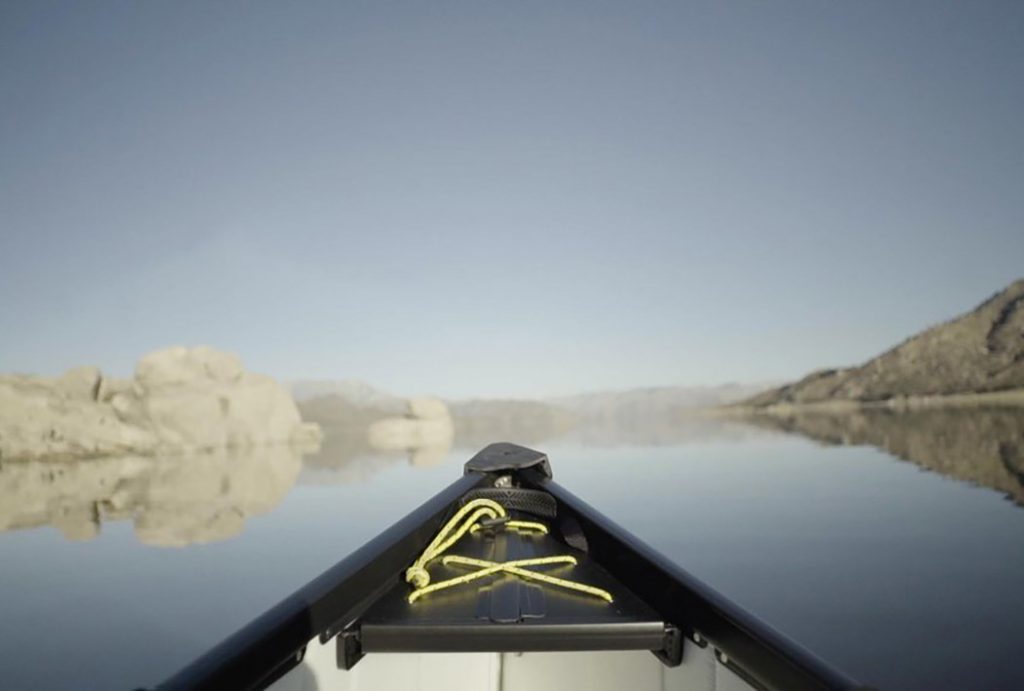
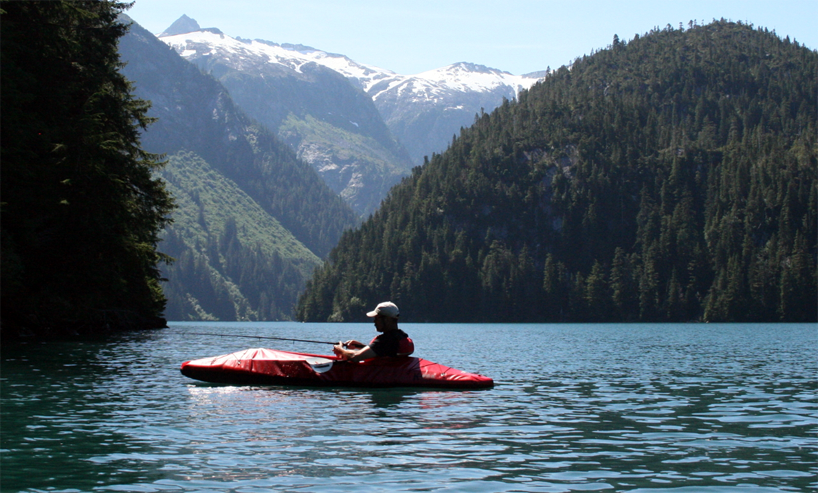
K-pak from Folding Boat Company
The K-pak from US Folding Boat Company encompasses a foldable anodized aluminium frame with inflatable inserts and abrasion-resistant poly fabric skin. The segmented frame is assembled using the same principle as a tent frame. The difference is that instead of simply nesting one segment into another, the K-pak’s elements are secured using plastic connector sleeves. The user does not have to take the frame out of its skin to snap the structure into a three-dimensional shape.
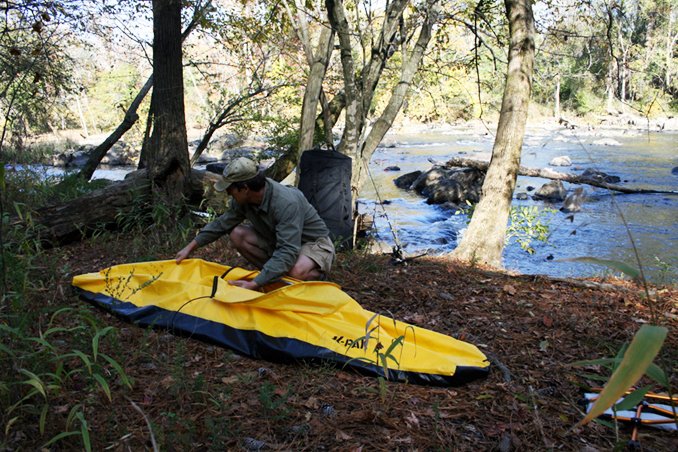
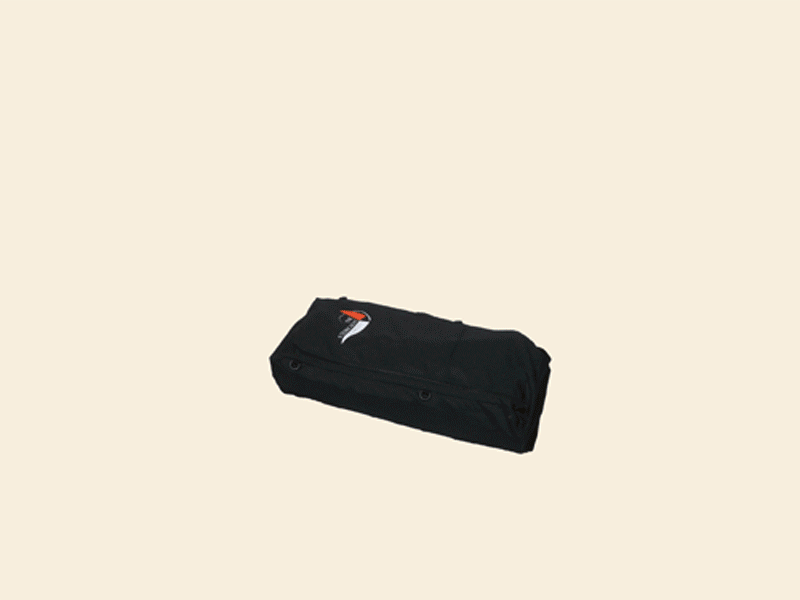
K-pak from Folding Boat Company
Integrated seat and floor, which are intended to improve buoyancy on the water and add comfort to paddling, can be inflated with a hand pump. The only external components are two cross members that snap into the frame to increase structural integrity. All in all, the boat takes four-to-five minutes to set up.
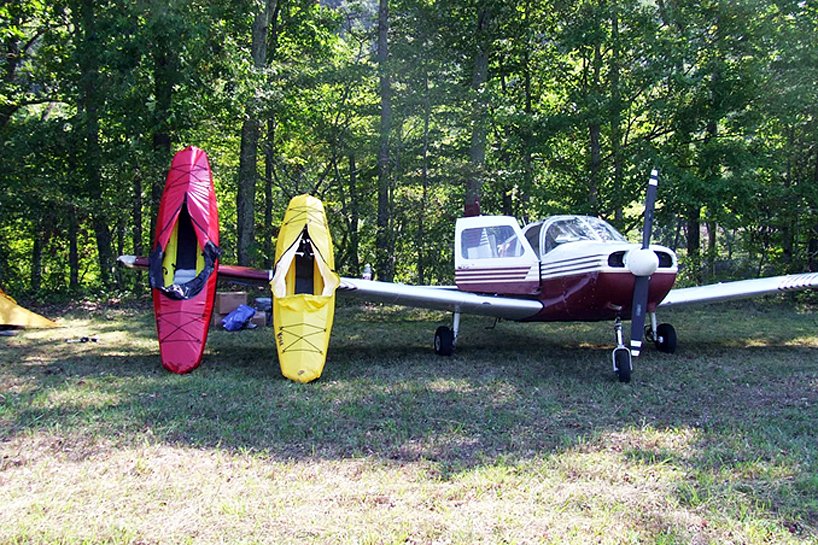
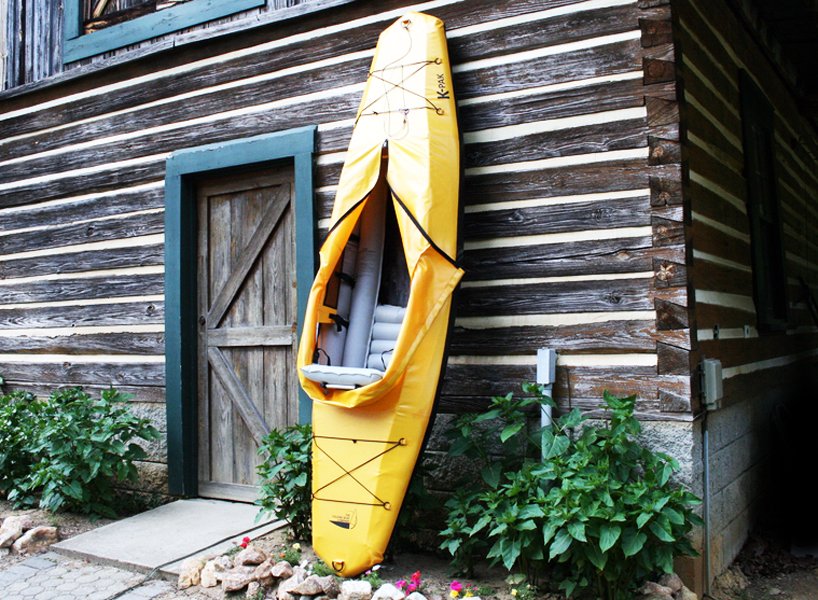
K-pak from Folding Boat Company
Once the frame is flattened, the vessel folds into a single-piece package that one can wear on their back. With the weight of 9.5 kg, the folded boat is not heavier than a backpack loaded with trekking gear.
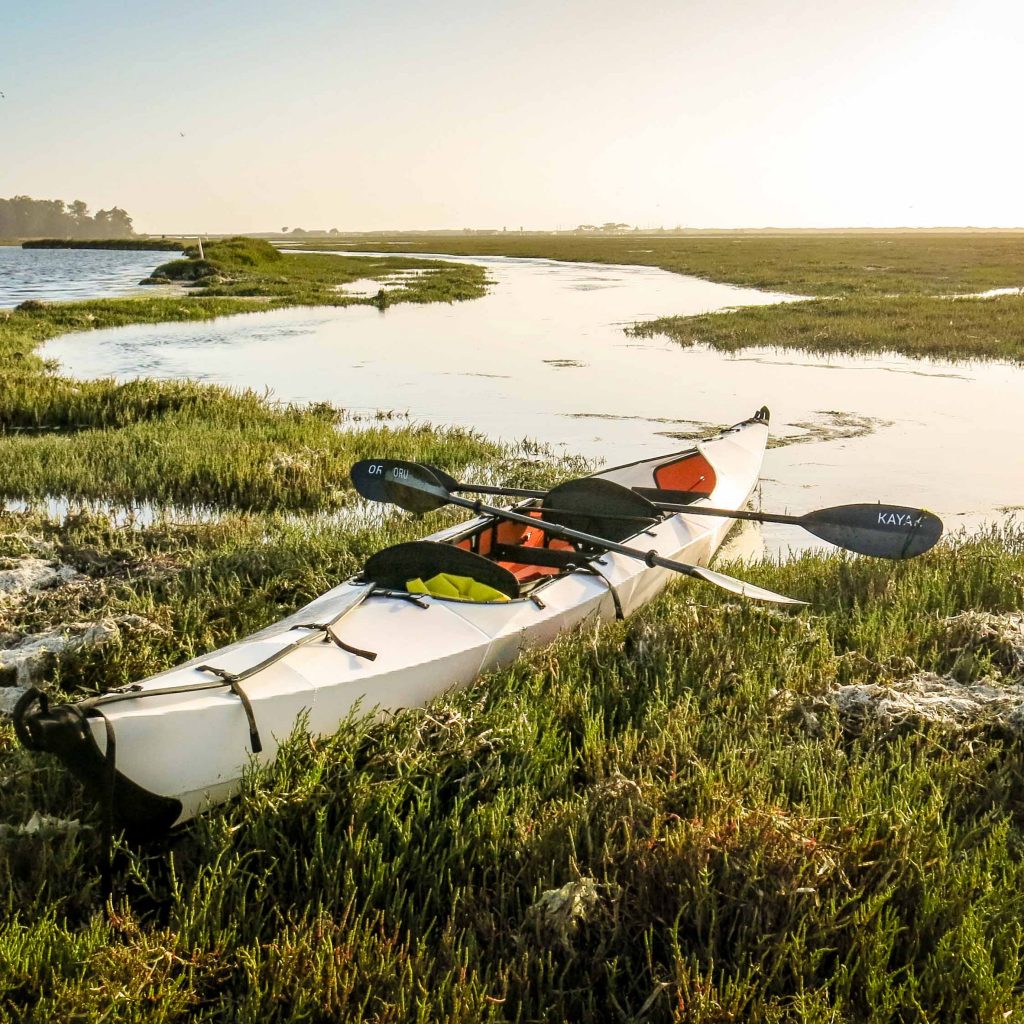
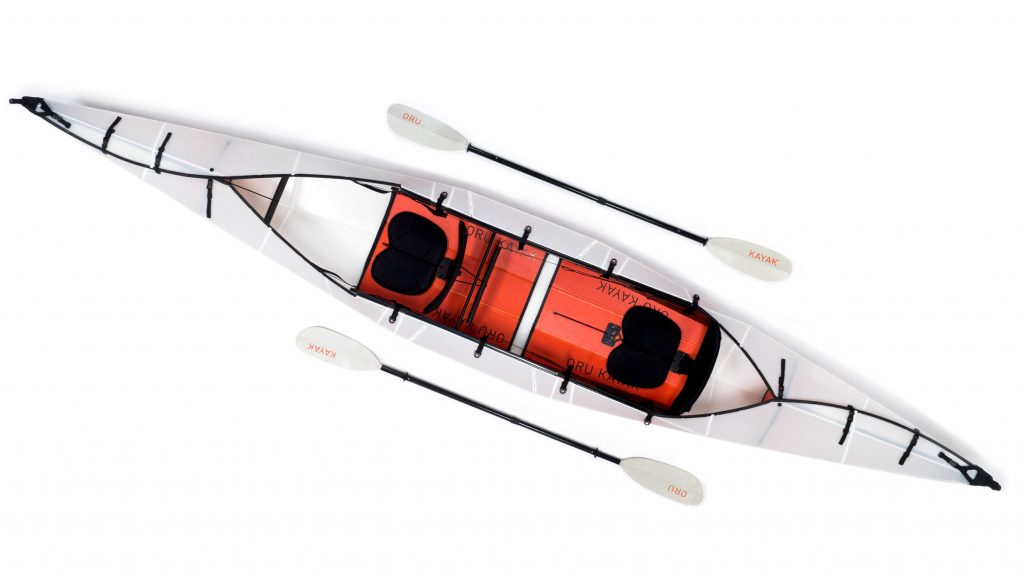
Haven by Oru Kayak
Haven, the foldable tandem kayak by Californian company Oru Kayak, can also be carried on one’s back for easy transportation and use. The vessel is made of five-millimetre polypropylene and features a translucent lightweight shell that folds down to the size of a large suitcase based on the Japanese paper folding technique of origami. Across the hull there are orange custom-extruded plastic boards that when folded down serve as a double-layered protective skin for the pack.
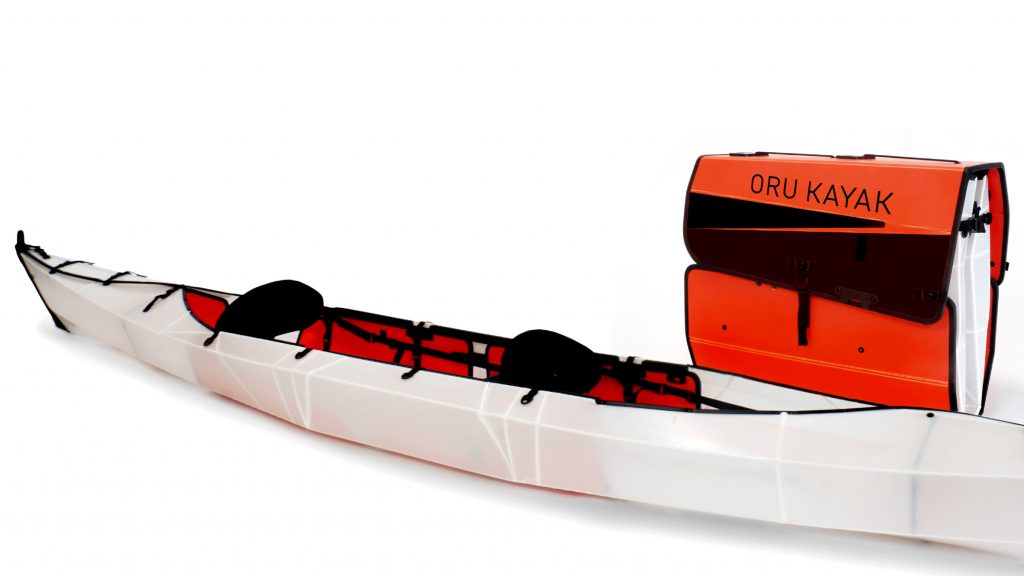

Haven by Oru Kayak
When folded into a box that weighs 18 kilograms, the kayak can be carried by one person. The manufacturer estimates 10 minutes to convert the box into a floatation device and claims the vessel has been tested for 20,000 fold cycles. To guide the assembly, the design includes intuitive folding patterns and colour-coded stitching and loops that show how to attach seats and footrests. When folded these straps and loops double as clips to fasten the kayak’s box.
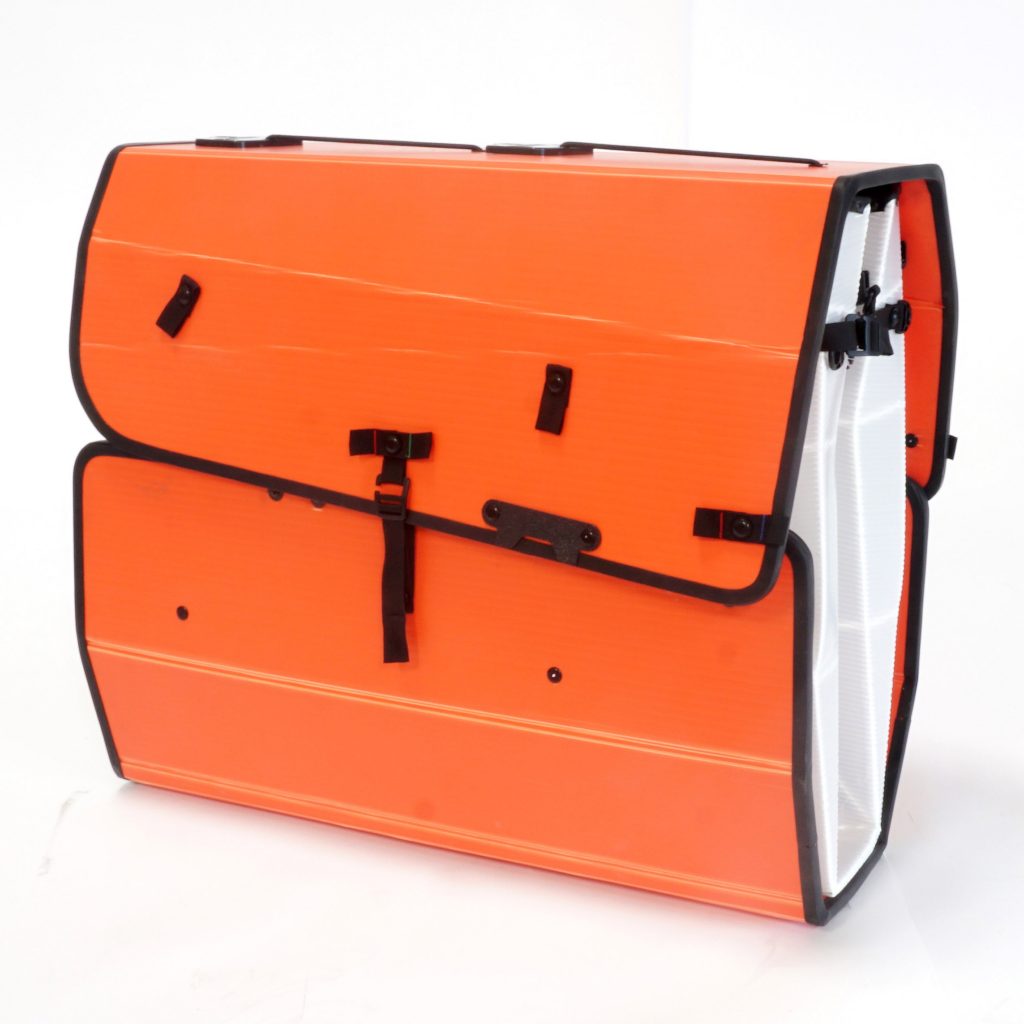
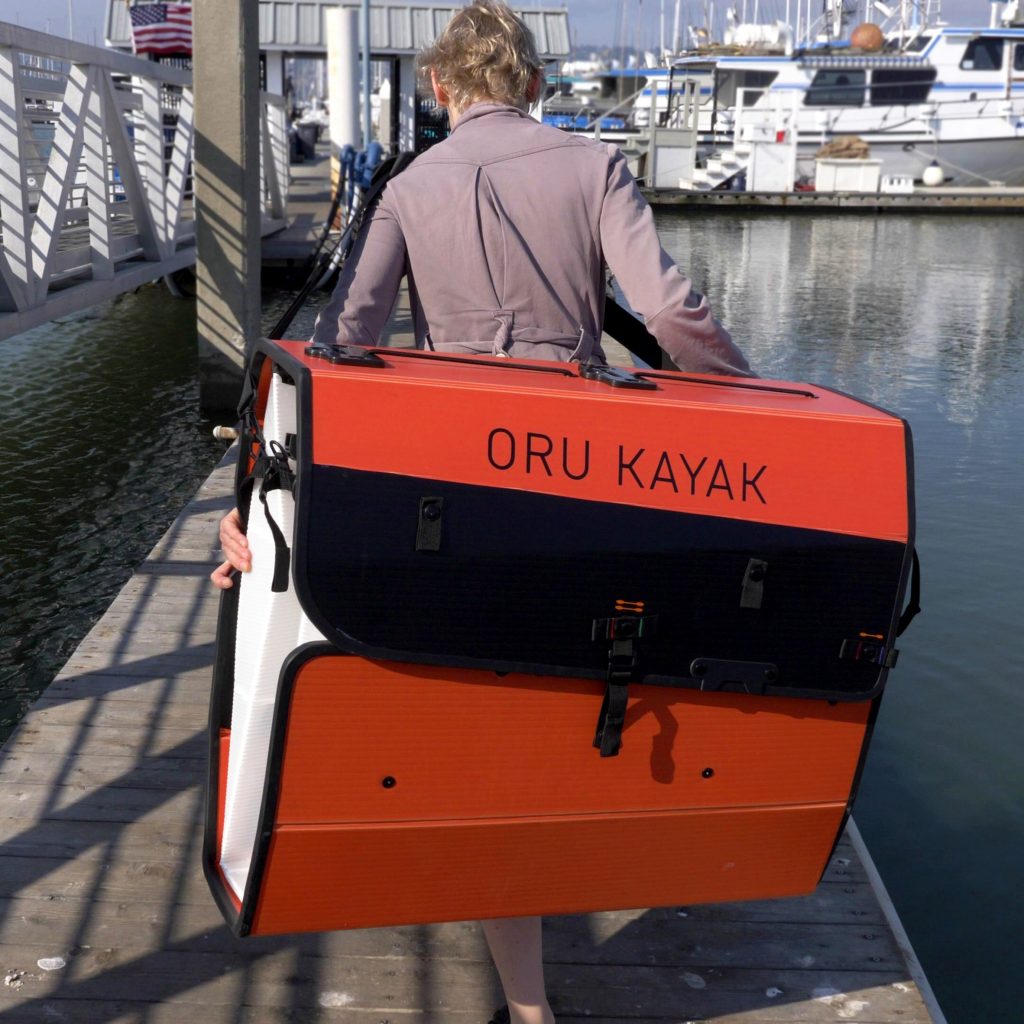
Haven by Oru Kayak
The bean pod shaped design is suitable for one or two persons. To convert the kayak to tandem, a footrest can be repositioned to a seat back, and seats switched with a few buckles. To add extra storage space, along the top of the vessel there is a patent-pending rail system for storing items like bottles, cameras and fishing rods.
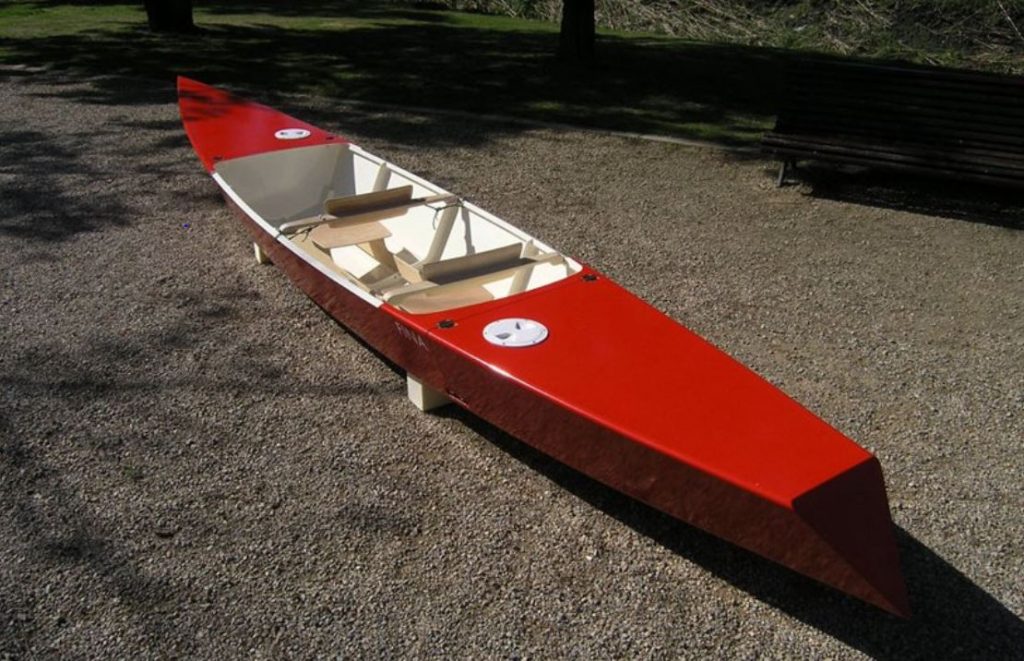

Fina by Cristina Borras
Industrial designer Cristina Borràs based in Syndey, Australia, has prototyped a kayak drawing inspiration not from camping experiences but from her trip to visit her sister in Venice. She discovered that those wishing to have their own little boat to sail the canals in often lack available space to store the vessel when not in use.

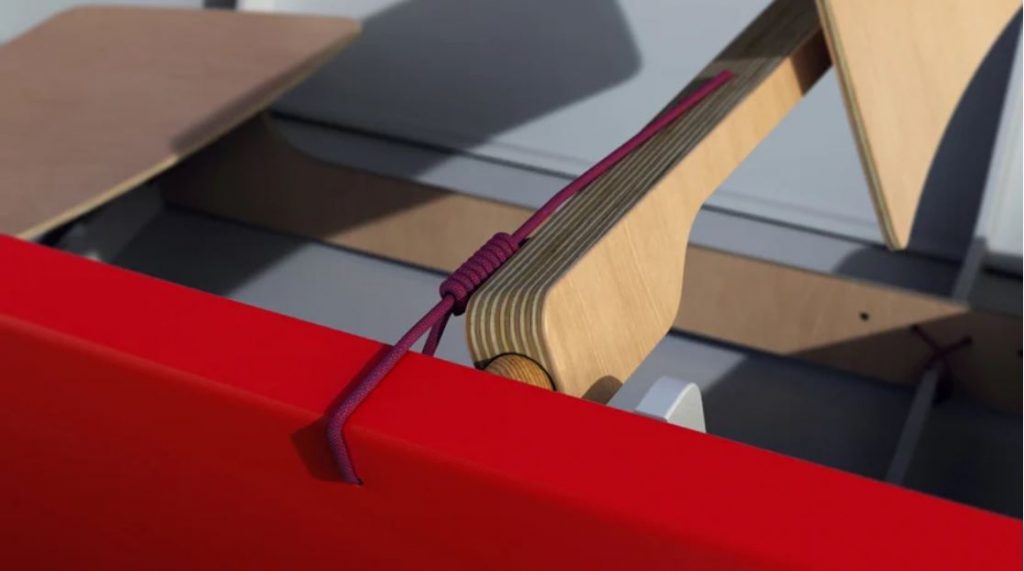
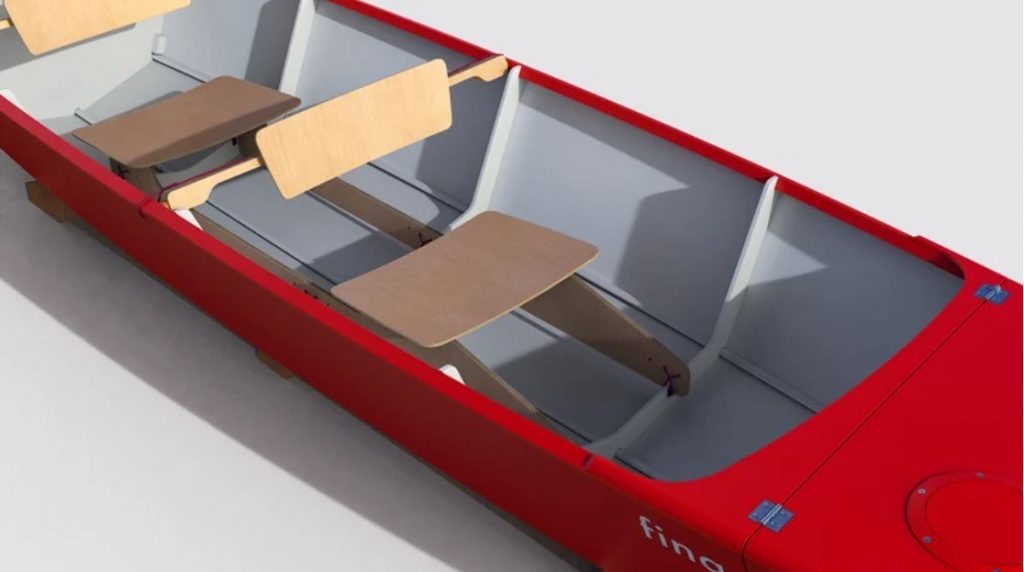
Fina by Cristina Borras
Unlike the two aforementioned models, Fina, the foldable kayak designed by Borras, is made using plywood, for the designer thought plastics would not look relevant in the canals of the Italian city. To turn the 5 metres long vessel into just two meters – a dimension the designer specified that would make it ideal to store at the back of her car parking spot – she has opted for the solution to divide the watercraft in three different sections through two five-degree transversal cuts. In this manner the prow and stern of the boat can collapse in the center to their maximum length but without interfering with each other.
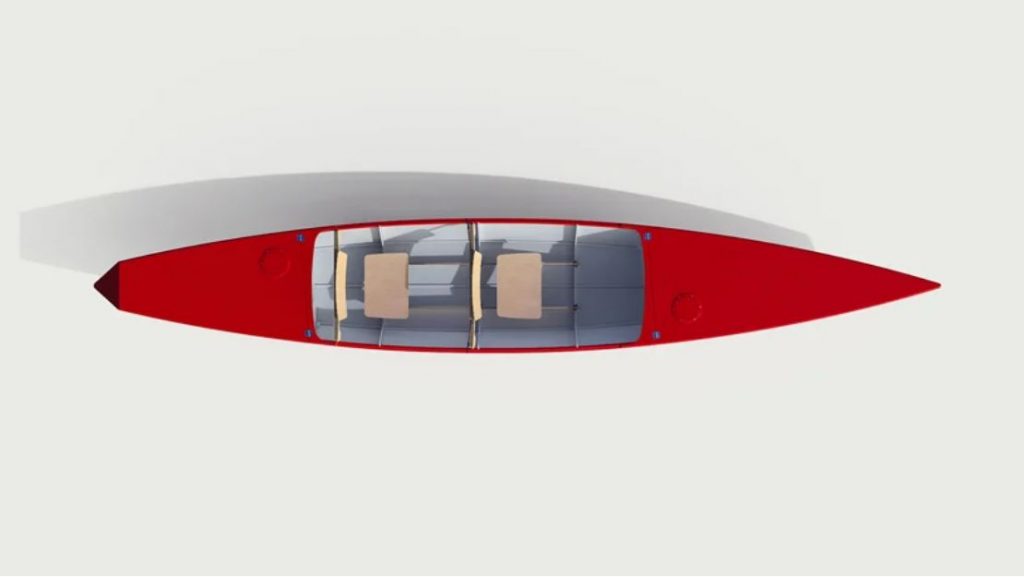
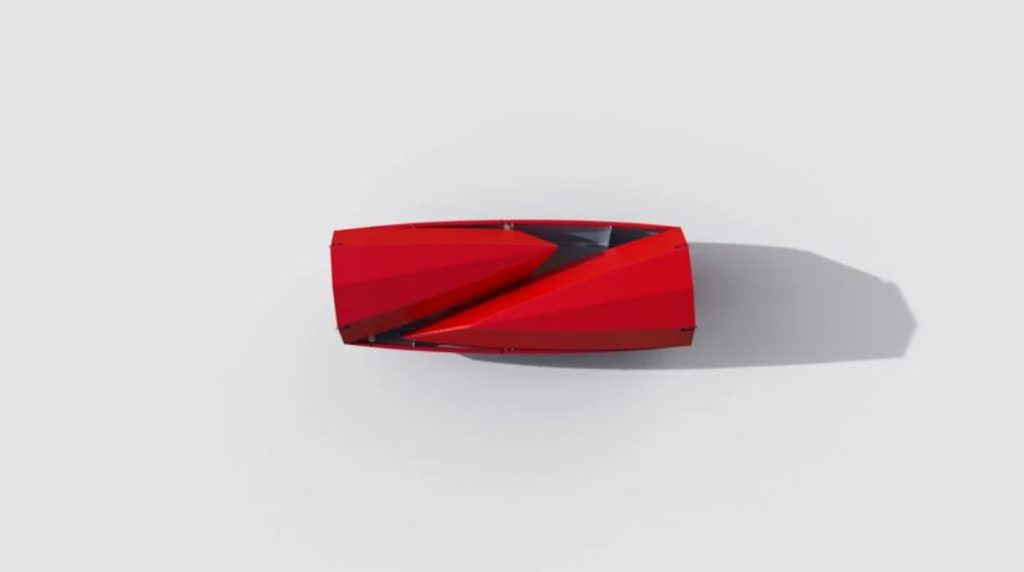
Fina by Cristina Borras
When folded, the prow and stern sections lie on the backrests that also fold using wooden ball joints. To set the boat up, they are secured in place with four hatch fasteners. Two ports give access to a storage space, allowing the removal of any excess moisture that could build over time.
Header image: MyCanoe